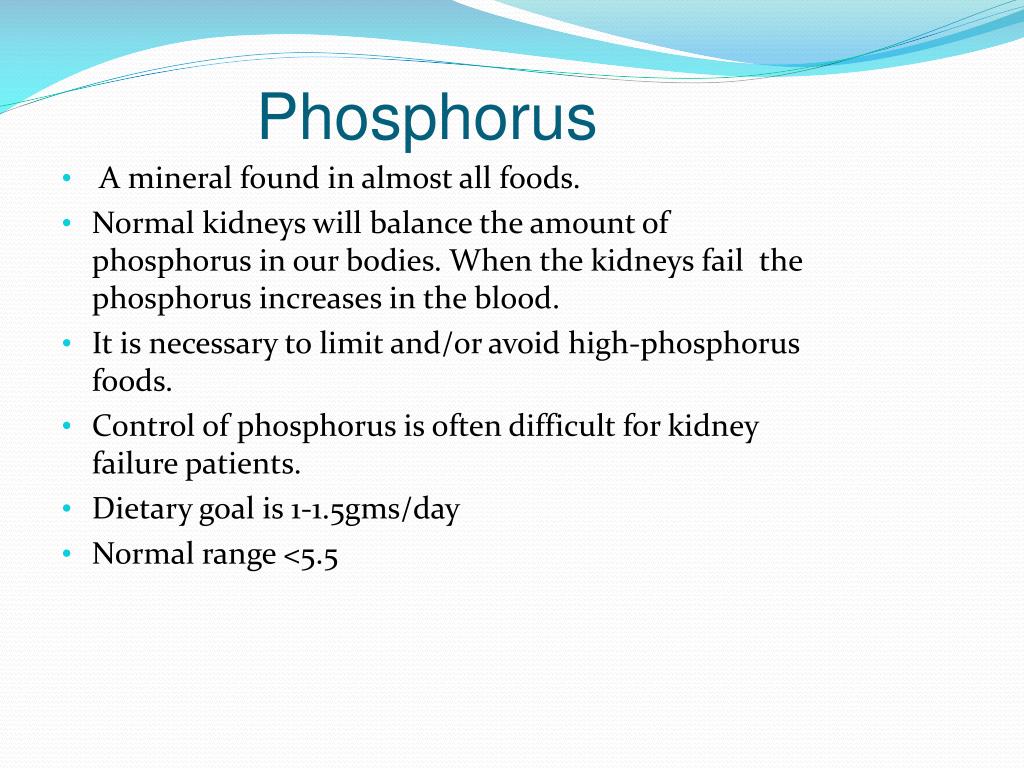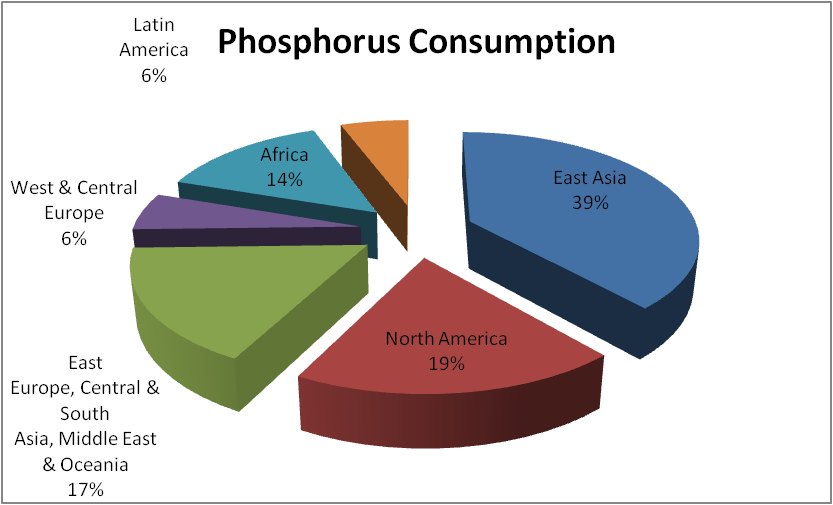

The soil in Wisconsin is able to bind phosphorus to its surface and therefore acts as a bank to the environment. Phosphorus is not lost to the air or fixed from the air like nitrogen, so it is useful to conceptualize the phosphorus issue in Wisconsin as a budget.
#PHOSPHORUS AG SOURCE SERIES#
This publication series elevates the topic of phosphorus management by highlighting the latest research on phosphorus loss as it relates to soil, fertilizer and manure management strategies.

Years of research and monitoring have generated knowledge about multiple in-field and edge-of-field tools to minimize this risk, including erosion control, application timing and placement of phosphorus sources, and the drawdown of soil test phosphorus (STP) through crop and nutrient management.Īs water quality knowledge has advanced, so has Wisconsin agriculture’s ingenuity and farm landscape. Fortunately, there are management options that decrease the risk and amount of phosphorus loss to water resources without sacrificing farm profitability. Phosphorus loss to water resources happens in every agricultural production system.

Phosphorus is a vital macronutrient for crop production, a major contributor to aquatic degradation, and a finite global resource and thus is important agronomically, environmentally, and economically.


 0 kommentar(er)
0 kommentar(er)
